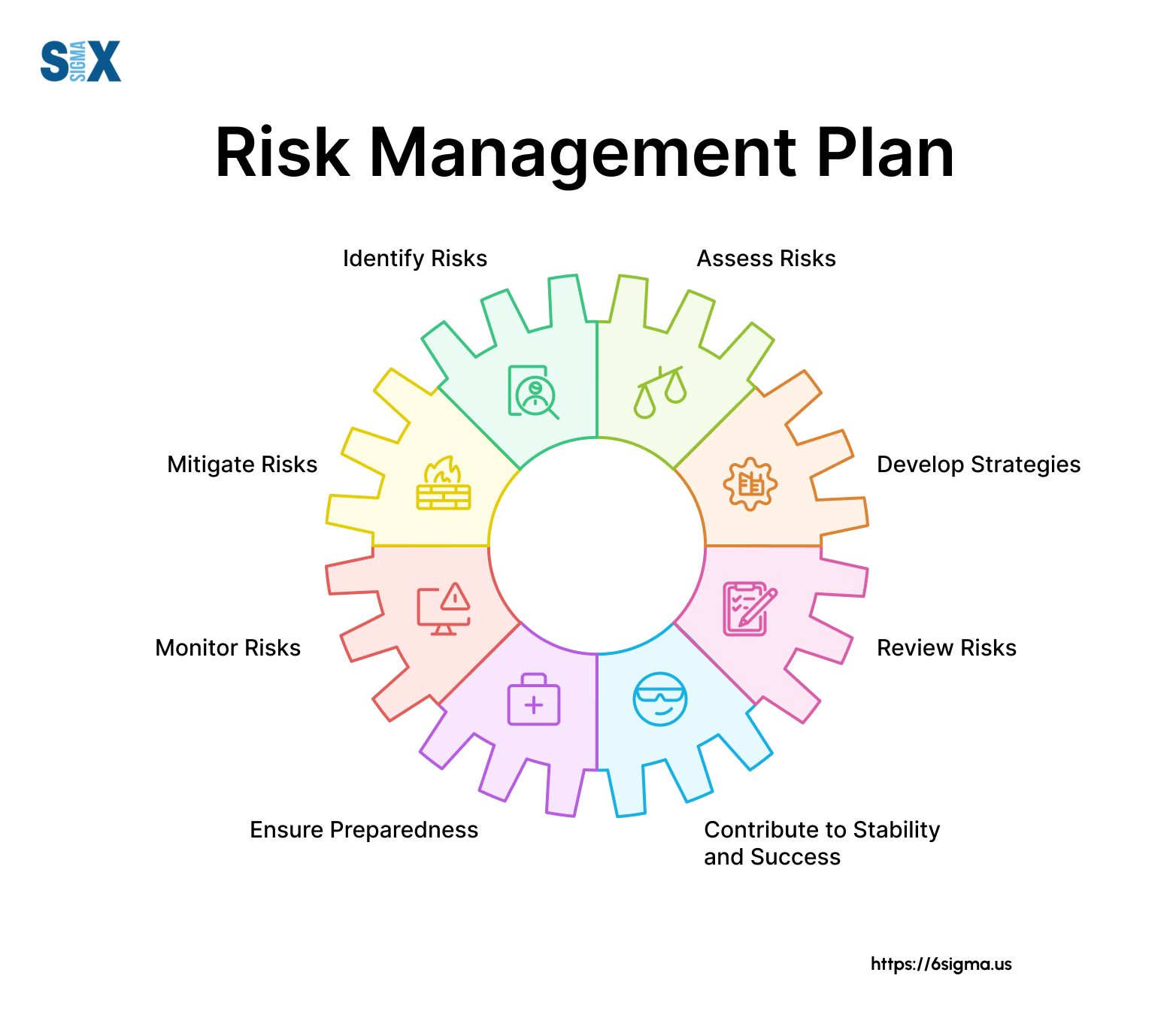The Strategic Importance of Risk Management in Building Competitive Advantage
The Strategic Importance of Risk Management in Building Competitive Advantage
Blog Article
The Critical Value of Risk Management in Achieving Organizational Objectives
In the swiftly developing business landscape, the capability to browse unpredictability has come to be an imperative. This is where Risk Management steps in, providing an organized method to recognizing, evaluating, and mitigating possible obstructions to proceed. It's even more than simply a protective step - it's a strategic tool, promoting strength and advancement. As we discover the important role of Risk Management in achieving business objectives, one can not wonder however assist: just how does this convert right into real-world success?
Understanding the Idea of Risk Management in Organization

The Essential Role of Risk Management in Strategic Planning
Incorporating Risk Management into tactical planning functions as a protect for companies, securing their lasting strategies with a strong foundation of preparedness and resilience. It operates as the company's radar, spotting prospective hazards and vulnerabilities that might interfere with the course towards accomplishing their mentioned objectives. Risk Management provides a framework for preparing for uncertainties and designing suitable actions, making certain the company's survival and prosperity even despite difficulty. By including Risk Management right into critical preparation, companies can change these unpredictabilities right into possibilities for development and technology. This critical interweaving of Risk Management cultivates versatility, making organizations more durable and allowing them to browse the ever-changing service landscape confidently. Risk Management comes to be a vital tool in strategic planning, instrumental in safeguarding sustainable success.

Techniques for Identifying, Assessing, and Prioritizing Threats
Navigating the complex landscape of dangers calls for the application of specific techniques for their assessment, prioritization, and recognition. The procedure starts with Risk recognition, employing devices such as SWOT analysis, which assists in identifying possible risks and possibilities. Next, Risk analysis is conducted to identify the potential effect and chance of each Risk. Tools such as Risk matrices and impact-probability charts are made use of for this. Finally, risks are focused on based on their possible influence and probability, allowing companies to concentrate their sources on high-priority threats. This organized method ensures a thorough understanding of the Risk landscape, making it possible for organizations to make educated choices and efficiently handle threats to achieve their goals - importance of risk management.
Guarding Organizational Procedures Via Effective Risk Management
In business landscape laden with unpredictabilities, efficient Risk Management plays a crucial function in securing organizational operations. It acts as a safety guard, reducing the adverse impacts of prospective dangers and guaranteeing the smooth functioning of all procedures. By recognizing and assessing possible dangers, Risk Management allows organizations to develop robust backup strategies. This preventive approach help in preserving functional stability, also when faced with unexpected circumstances. Essentially, Risk Management is the lifeline that keeps the organizational procedures afloat amidst stormy waters. It makes certain not only the survival but the lasting growth of a company, making it an essential device in accomplishing company objectives. Thus, companies have to buy thorough Risk Management techniques why not try these out to safeguard their procedures.

Transforming Prospective Hazards to Opportunities: The Power of Risk Management
A positive approach to take the chance of go right here Management includes determining, analyzing, and focusing on risks to create methods that transform them right into prospective advantages. Therefore, by leveraging the power of Risk Management, companies can not just guard their procedures however also stimulate development and achieve their goals in an uncertain business environment.
Situation Researches: Success Stories of Risk Management Driving Organization Objectives
Successful application of Risk Management techniques has generated outstanding outcomes in different services, emphasizing the merits of this strategy. International companies like Microsoft and Google, for example, have actually leveraged Risk Management to decrease hazards and make use of chances, driving their company objectives onward. Microsoft's positive Risk Management method helped it pivot promptly during the 2020 pandemic, transitioning to remote job smoothly, thus maintaining performance. Google, by examining and alleviating potential threats in its cloud-based services, has actually made sure uninterrupted solution, thus reinforcing client trust. These instances show just how effective Risk Management can not only guide organizations clear of prospective mistakes but also guide them towards their critical objectives. Thus, Risk Management is integral to the search of organizational objectives. importance of risk management
Conclusion
In final thought, Risk Management is fundamentally important in accomplishing organizational goals. By including Risk Management into calculated preparation, businesses can much better navigate uncertainties, safeguard operations, and capitalise on opportunities, therefore straightening with long-term goals.
At its core, Risk Management is the procedure of determining, evaluating, and dealing with potential hazards that can adversely affect an organization's goals or procedures. Next, Risk evaluation is carried out to establish the prospective effect and possibility of each Risk. Risks are prioritized based on their potential influence and possibility, permitting companies to concentrate their sources on critical risks. By recognizing and assessing prospective hazards, Risk Management allows companies to develop robust backup plans. An aggressive strategy to run the risk of Management entails recognizing, assessing, and focusing on threats to design techniques that transform them into possible advantages.
Report this page